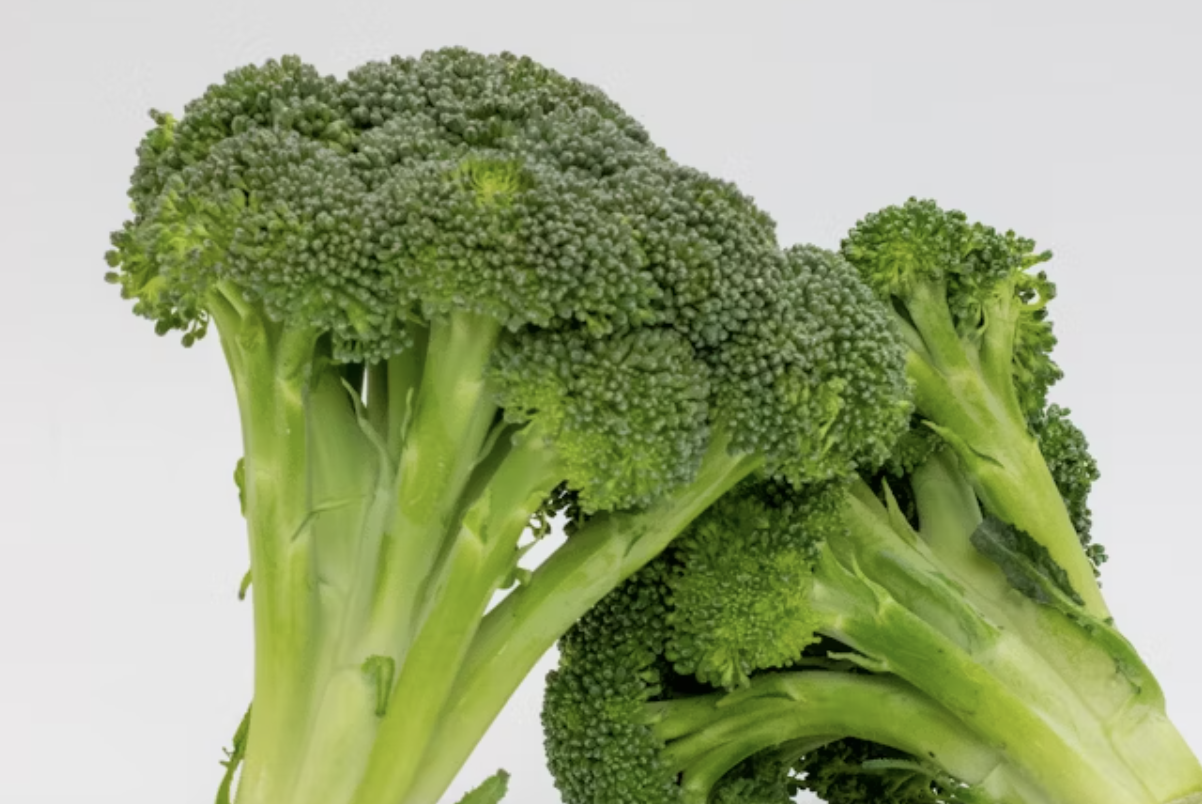Health Coach Tip – Effective Ranges For Red Light Therapy

Red light therapy (RLT) has gained popularity for its ability to boost collagen, reduce inflammation, and support cellular energy. But to get real results, the wavelength and exposure need to be dialed in correctly.
What is RLT?
In a nutshell, red light therapy involves exposing the body to low-wavelength red or near-infrared light. These wavelengths penetrate the skin and are absorbed by mitochondria – the energy-producing centers of your cells – stimulating cellular repair, energy production, and tissue regeneration.
The benefits of RLT
RLT supports multiple aspects of wellness:
- Enhances mitochondrial energy production (ATP)
- Promotes faster wound healing and tissue repair
- Reduces inflammation and oxidative stress
- Improves sleep and mood via circadian support
- Stimulates collagen for skin rejuvenation
Understanding the light spectrum of devices
- Red light (630–660 nm): Targets skin-level concerns like fine lines, inflammation, and collagen production.
- Near-infrared light (810–850 nm): Penetrates deeper to support muscle recovery, joint health, and mitochondrial function.
What the research says
Research suggest that:
- 10–20 minutes/session is effective for most goals
- Optimal distance is 4–12 inches from the device
- Frequency matters: 3–5x per week is ideal for most users
Use tips
- Use eye protection when needed
- Don’t overuse – more is not always better
- Make sure your device is clinically validated
Enjoy these tips and best practices!

















